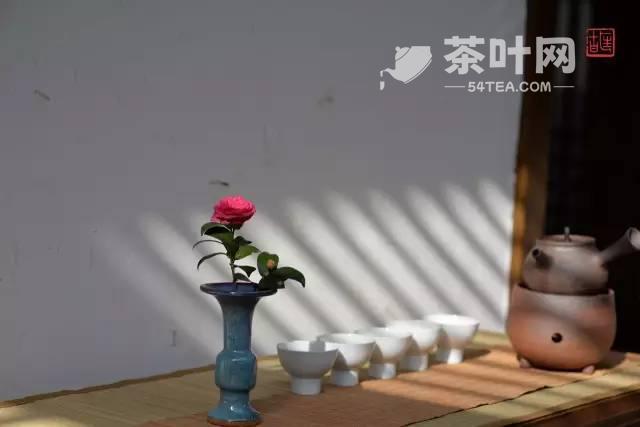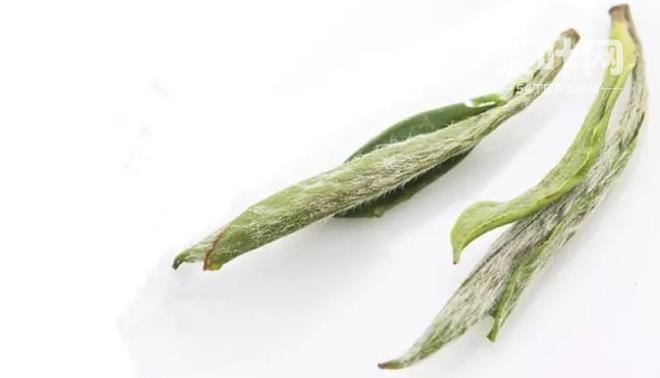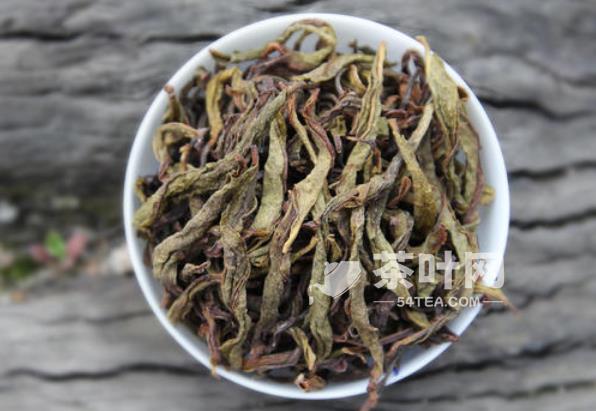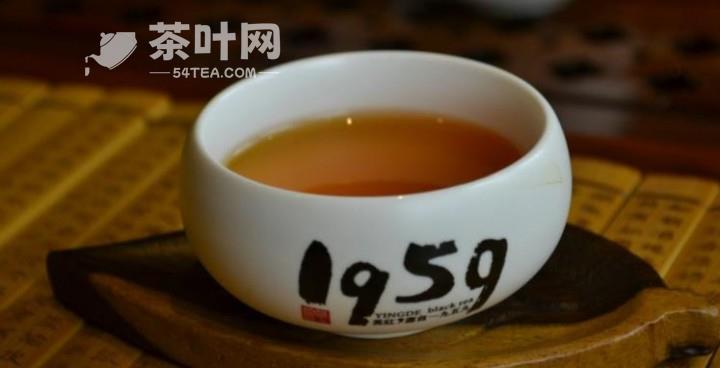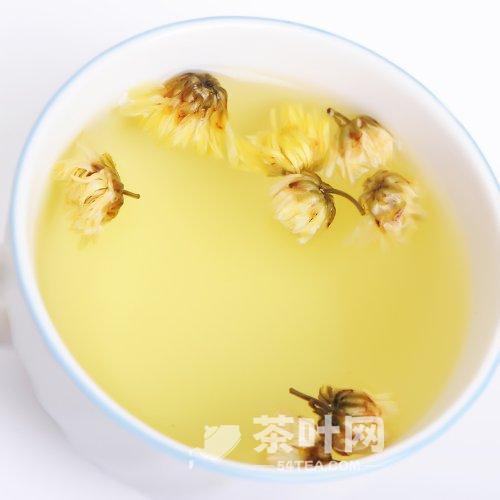 bUT Tea
bUT Tea
The origin of the name “Hang Bai Ju” is related to a legend about a Huizhou tea merchant who fought with a South China boss. bUT Tea
Hangzhou chrysanthemum, also known as chamomile, white chrysanthemum, tea chrysanthemum, medicine chrysanthemum. The chrysanthemum practiced in Huzhou is characterized by petals as white as jade and stamens as yellow as pure gold. It is the best product among chamomile. Hangzhou white chrysanthemum has high medicinal value and the effect of prolonging life. The Book of Complementary Agriculture contains: “Gan chrysanthemum is sweet and warm in nature, and it is most beneficial when taken over a long period of time.” The Yuan Dynasty’s Supplement to the Diffraction of the Materia Medica said, “Chrysanthemum can replenish yin.” Li Shizhen’s “Compendium of Materia Medica” said: “Chrysanthemum can benefit the five veins, adjust the limbs, and treat the head wind and hot tonic; it also recorded a myth: “The immortals rumor that Kang Fengzi, Zhu Ruzhi are all serving chrysanthemums to become immortal”. The efficacy of chrysanthemum can be seen. The chrysanthemum can also be drunk as tea, and its color and flavor are no less than Longjing tea. Regular consumption can enhance capillary resistance, inhibit capillary permeability, and play an anti-inflammatory role in strengthening the body. bUT Tea Net
Thousand Leaves Jade Linglong is a beautiful ancient term for Hang Bai Ju (Hang Bai Ju is characterized by petals as white as jade and stamens as yellow as pure gold). However, our beloved Chiba Jade Linglong is not from Hangzhou, but has always been a specialty of Tongxiang, Zhejiang Province. So why is it called “Hang” White Chrysanthemum? Lilly’s Story takes you on a journey to explore the beautiful Thousand Leaves of Yulonglong: the origin of the name Hang Baiju. bUT Tea Net
Hangzhou white chrysanthemum, winter seedlings, spring leaves, summer stamens, autumn flowers, was subjected to the essence of the sun and moon, the spirit of the four seasons. Drinking chrysanthemum tea regularly can dissipate wind and clear heat, calm the liver and improve eyesight, detoxify and anti-inflammatory, and resist aging and prolong life. –This is the introduction text on the package when Hang Bai Ju was exported to Nanyang in ancient times, from which we can see that Hang Bai Ju has been widely praised since ancient times. Hangzhou White Chrysanthemum is made from fresh white chrysanthemum, a perennial herb, by steaming and drying, and has always been on a par with Longjing Tea. When it is brewed in boiling water, the water is light green and fragrant, and it has been used as tribute in ancient times. Regarding its place of origin, most people may think that “Hangzhou white chrysanthemum” must be produced in Hangzhou. bUT Tea Net
Hangzhou White Chrysanthemum has always been a specialty of Tongxiang, Zhejiang Province, not Hangzhou, but why is it called Hangzhou White Chrysanthemum? bUT Tea Net
Things are like this, the end of the Qing Dynasty, Tongxiang white chrysanthemum exported to foreign countries, but in the middle of the secondary agents, Tongxiang, the local first-class agents feel that the secondary agents will not one day cross them to find their own farmers to buy it? So they wrote “Hangzhou West Lake White Chrysanthemum” on the origin, and the name of Hangzhou White Chrysanthemum spread. bUT Tea Net
Later on, the secondary agents really kicked the primary agents out of the way and came to look for Hangzhou white chrysanthemum on their own, and they ended up running to Hangzhou to look for it, but of course they couldn’t find the real white chrysanthemum flowers, but people had already gotten used to calling it Hangzhou white chrysanthemum. bUT Tea Leaf Net
